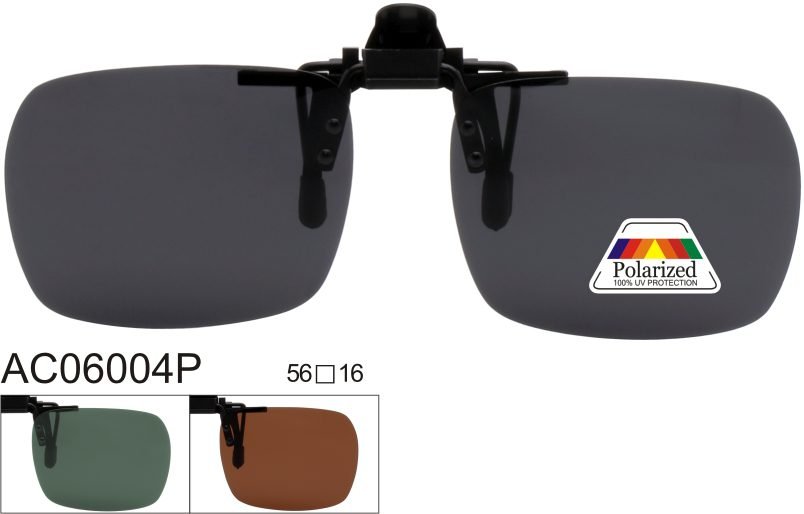
The Art of Precision: Exploring the Distinctive Craftsmanship of Ceramic Frame Sunglasses
Ceramic has emerged as a revolutionary material in eyewear design, offering a blend of durability, lightweight comfort, and aesthetic versatility that sets it apart from traditional options like metal or plastic. When crafted into sunglass frames, ceramic undergoes a series of specialized processes that highlight its unique properties, resulting in eyewear that is both functional and visually striking. Below, we delve into the key工艺特点 (craftsmanship features) that define ceramic frame sunglasses, showcasing how this material is transformed into high-performance accessories.
Advanced Material Composition and High-Temperature Firing
Ceramic frames are typically made from zirconia or alumina-based compounds, chosen for their exceptional hardness and resistance to wear. These materials are engineered at a molecular level to ensure uniformity and strength, eliminating the weak points often found in natural or composite materials. The production process begins with the precise blending of ceramic powders, which are then molded into the desired frame shape using specialized dies or 3D-printing technology.
Once molded, the frames undergo high-temperature firing in kilns, a critical step that determines their final properties. During firing, the ceramic particles fuse together through a process called sintering, creating a dense, non-porous structure that is both lightweight and incredibly strong. The temperature and duration of firing are carefully controlled to prevent cracking or warping, ensuring that each frame meets exacting standards for fit and finish.
Some ceramic formulations incorporate metallic oxides or pigments to achieve specific colors or finishes. For example, adding iron oxide can produce a warm, earthy tone, while cobalt oxide yields a deep blue hue. These additives are integrated during the initial blending stage, ensuring that the color is embedded throughout the material rather than applied as a surface coating. This results in frames that retain their vibrancy even after years of exposure to sunlight or environmental factors.
Precision Machining for Flawless Fit and Function
After firing, ceramic frames require meticulous machining to achieve the precise dimensions needed for comfortable wear and proper lens alignment. Computer-controlled milling machines are often used to carve out details such as hinge slots, nose bridge contours, and temple grooves with micron-level accuracy. This level of precision is essential, as ceramic is significantly harder than most metals, making it resistant to conventional shaping methods.
The edges of the frames are polished using diamond-tipped tools to create a smooth, rounded finish that feels gentle against the skin. This step also enhances the frames’ aesthetic appeal by giving them a lustrous sheen that reflects light beautifully. Some manufacturers employ multi-stage polishing processes, alternating between coarse and fine abrasives, to achieve an ultra-smooth surface free of imperfections.
Hinge integration is another area where ceramic frames showcase their craftsmanship. Unlike plastic frames, which may rely on glued or snapped-in hinges, ceramic frames often feature hinges that are mechanically fastened or embedded during the molding process. This ensures a secure connection that can withstand repeated opening and closing without loosening over time. In some designs, the hinges themselves are made from ceramic, creating a seamless, monochromatic look that reinforces the frames’ high-end appeal.
Customizable Surface Treatments and Textures
One of the most appealing aspects of ceramic frame sunglasses is their adaptability to a wide range of surface treatments and textures. Matte finishes are achieved by sandblasting or etching the ceramic surface, creating a subtle, non-reflective appearance that pairs well with casual or minimalist styles. Glossy finishes, on the other hand, are produced through high-speed buffing or chemical polishing, resulting in a mirror-like shine that adds drama to the frames.
For those seeking a more tactile experience, ceramic frames can be textured using laser engraving or embossing techniques. These methods allow designers to create intricate patterns, such as geometric motifs or organic swirls, that add depth and visual interest without compromising the material’s structural integrity. Some textures are purely decorative, while others serve a functional purpose, such as improving grip or reducing slippage on sweaty skin.
Ceramic frames can also be coated with protective layers to enhance their performance in specific environments. For example, a hydrophobic coating can be applied to repel water and oil, making the frames easier to clean and less prone to smudging. Anti-reflective coatings are another popular option, as they reduce glare on the backside of the lenses, improving visual clarity and comfort during prolonged wear.
Balancing Lightweight Design with Uncompromising Strength
Despite their impressive durability, ceramic frames are surprisingly lightweight, thanks to the material’s unique density and internal structure. During the sintering process, microscopic pores can be intentionally introduced or controlled to reduce weight without sacrificing strength. This makes ceramic frames comfortable to wear for extended periods, as they exert minimal pressure on the nose and temples.
The strength of ceramic also means that frames can be made thinner and more delicate-looking than their metal or plastic counterparts, without the risk of bending or breaking. This allows designers to experiment with bold, avant-garde shapes that might not be feasible with less robust materials. For example, oversized cat-eye frames or angular, futuristic designs are often crafted from ceramic to showcase the material’s ability to balance aesthetics with functionality.
In addition to their physical properties, ceramic frames offer excellent thermal stability, meaning they do not expand or contract significantly with temperature changes. This ensures a consistent fit whether worn in scorching heat or freezing cold, making them a reliable choice for outdoor enthusiasts and travelers alike.
Ceramic frame sunglasses represent the pinnacle of eyewear innovation, combining cutting-edge material science with traditional craftsmanship to create accessories that are as durable as they are beautiful. From their meticulously engineered composition to their customizable finishes, every aspect of ceramic frames reflects a commitment to quality and precision, making them a standout choice for those who demand the best in both style and performance.
